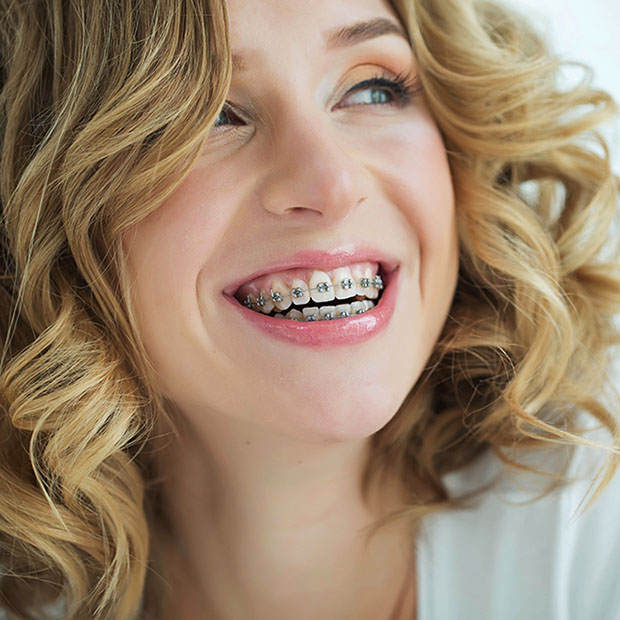Modern Braces Have Come a Long Way

The earliest efforts to change the position of teeth go back as far as 400 BC.
Aulus Cornelius Celsus of Rome theorized that teeth could be straightened with manual pressure. Not exactly right, but he got the ball rolling!
The Enlightenment Age of Orthodontics
The most significant leap in orthodontics for nearly 2000 years was with Pierre Fauchard. In the 1700s, Fauchard invented the bandeau, a horseshoe-shaped metal appliance with holes in it to go over the teeth. It was held in place with silk threads. (Other ideas from that era included using wooden wedges between the teeth to move them. We’re not huge fans of that one.)
Next Came Headgear
The first headgear was developed in 1822, and just 58 years later, Edward Hartley Angle identified the different types of bad bites (overbite, underbite, crossbite, etc.) and developed ways to address them.
The Limits of Early Technology
All of those early orthodontists were limited by the technology of their time periods. They didn’t have bonding agents that could attach brackets to teeth (that came in 1949) or affordable stainless steel (not available until the 1970s). And they certainly couldn’t make invisible aligners (an innovation of the 1990s)!
Modern Orthodontics Is Amazing!
As modern orthodontists, we’re proud to stand on the shoulders of so many giants in our field, and we’re delighted to be able to offer our patients such comfortable and effective treatments.
